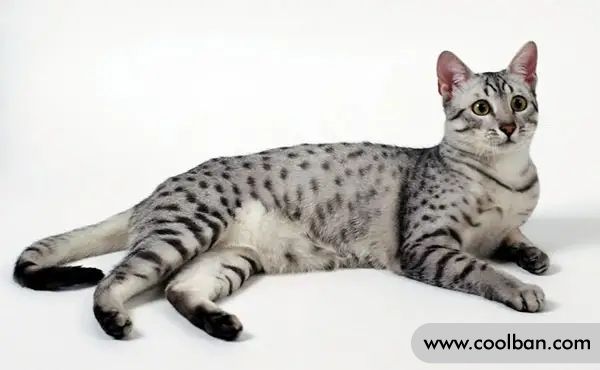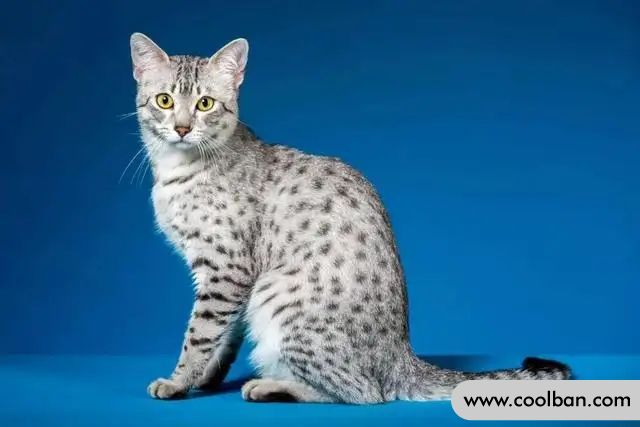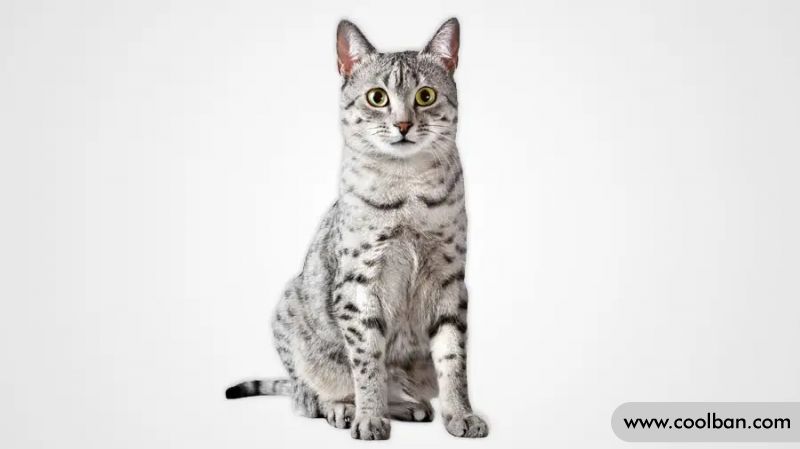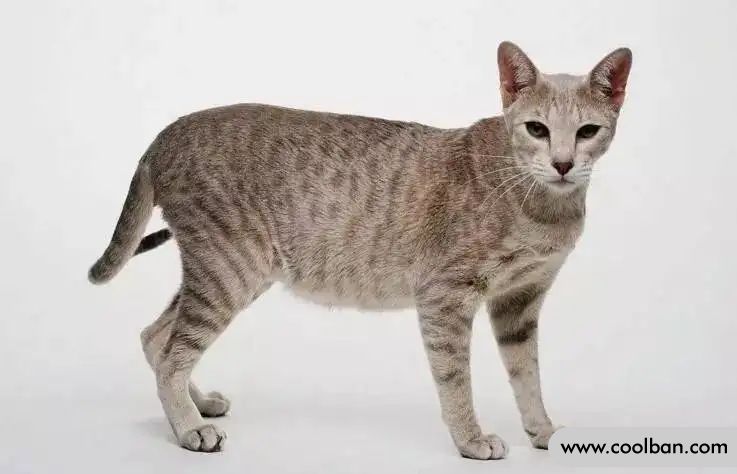Morphological characteristics of Egyptian cats
Egyptian cats, known in Latin as Felinae, are found all over the world. Although called the Egyptian cat, people cannot be sure whether the Egyptian cat originated in Egypt. But because of its graphic and written records in ancient Egyptian murals, tombstones or scrolls, it is believed that the ancestor of the Egyptian cat was the African wild cat. In the 1950s, the Egyptian cat was introduced to the United States and the United Kingdom, where it won the regular competition award in 1968.
The formation of the fixed breed of modern Egyptian cats originated in a 19th-century Mediterranean princess. She is very fond of a cat imported from Cairo and has been bred and delivered with an Italian cat. Later, the offspring of the cat were brought to the United States for breeding, and were registered for the first time in the United States the following year, and were generally welcomed by American families. Egyptian cats are smart, friendly, lively, and playful, but if left unattended, they are more sensitive and more likely to run away.

The hair color is silver white, bronze, dark gray black and other colors, the spots are evenly distributed, and the hair is thick, silky and elastic. Medium-sized, with large, pointed ears, and a head with a typical beetle or "M" pattern, Egyptian cats with an "M" pattern usually come from the United States.
In domestic cat speed competitions, Egyptian cats stand out for their long, powerful feet and wrinkled skin from the belly to the hind knees. These conditions make its body extremely flexible. Egyptian cats have been recorded to run as fast as an hour 48 km.
Also, purebred Egyptian cats are very precious. Only 200 cats are registered each year. If a business advertises the sale of Egyptian cats, be sure to understand carefully before buying.

Morphological characteristics of Egyptian cats
The leopard print on Egyptian cats should be a clear sign to distinguish them from other felines. In addition to the leopard prints on their fur, they also have leopard prints on their skin, and they are the only domestic cats with natural leopard prints, so Egyptian cats can be described as genuine "leopard print control".
Egyptian cats come in five coat colors, from most precious to most common: silver, bronze, smoke gray, black, and blue/gray.

Detailed morphological description of Egyptian cats
Head Features: Slightly rounded wedge-shaped, of moderate size, with some bulge from the forehead to the bridge of the nose. Fuller forehead, cheeks and sides of face. The mouth is not pointed, and the lower jaw of the male Egyptian cat is more developed.
Ear characteristics: The ears are large, with the tips slightly forward. The outside of the ear is short and dense, and the inside of the ear has a bang that extends outward and curls.
Eye Characteristics: Large, almond-shaped eyes with slightly drooping tips, glass green, mustard green, or pale green. If the eyes are green, the kitten is happy, and when it is angry, the color changes to amber. All Egyptian cats exhibiting must have green eyes. But for childhood Amber eyes are acceptable for 18-month-old cats.
Physical Characteristics: The Egyptian cat is of medium build, slender, with the most muscular neck and shoulders.

Limb characteristics: all long, the hind legs are longer than the front legs. Limbs are coordinated and can stand on the tips of their claws.
Foot features: slightly rounded small oval.
Tail Characteristics: The tail is of medium length, thin at the tip and thick at the base.
Hair characteristics: smooth, soft and shiny. Each part of the Egyptian cat's body has a variety of markings, which is its biggest characteristic. A typical Egyptian cat with an "M" pattern on the forehead and a pattern on the cheeks. There are thin linear patterns on the neck, wider stripes on the shoulders, and spotted patterns on the back of the shoulders. The necklace pattern on the throat is broken into two sections, and the color distribution of the hair on the whole body is irregular. Spotted, slightly darker hair on the tail, and horizontal stripes on the limbs.
